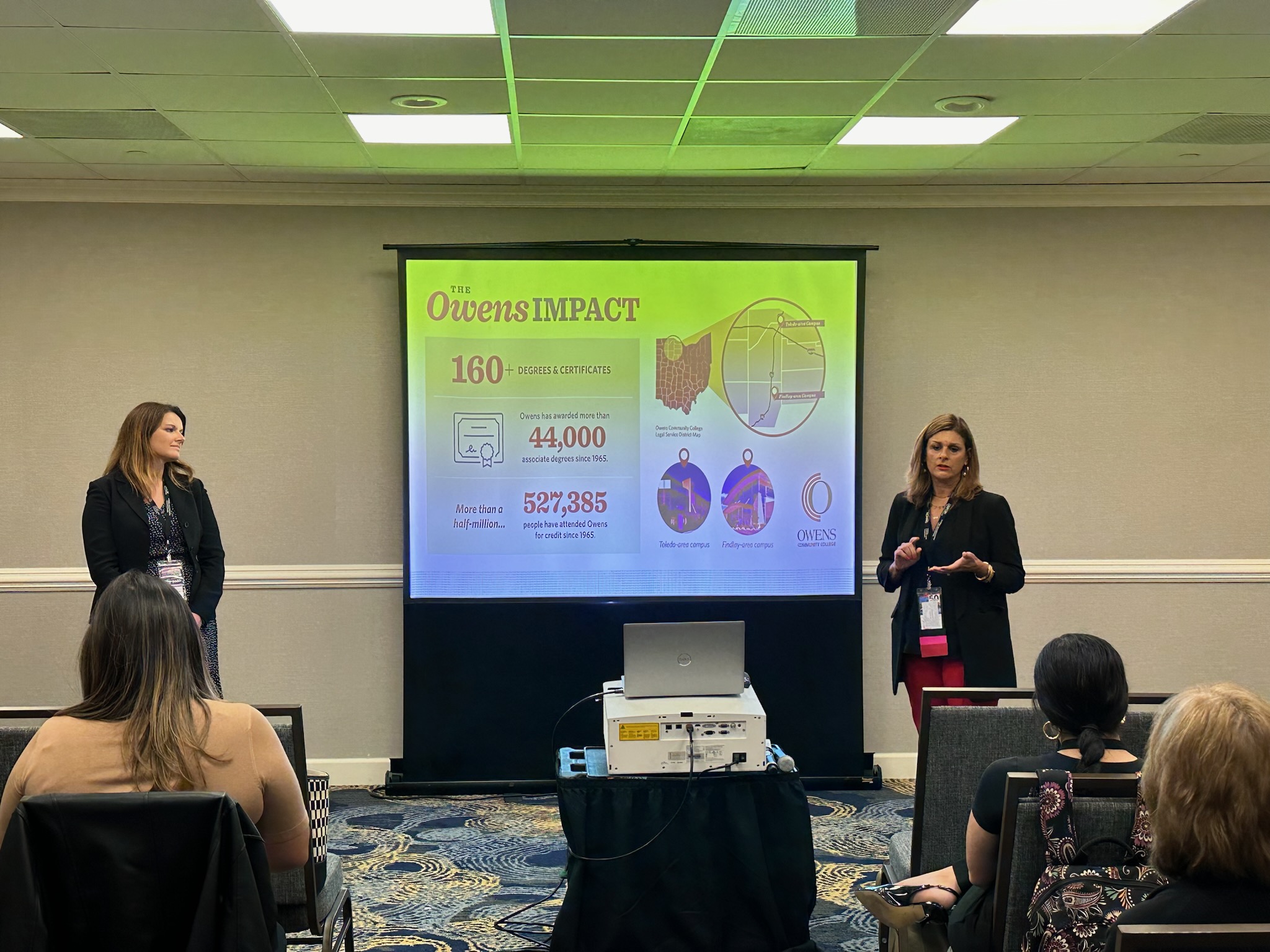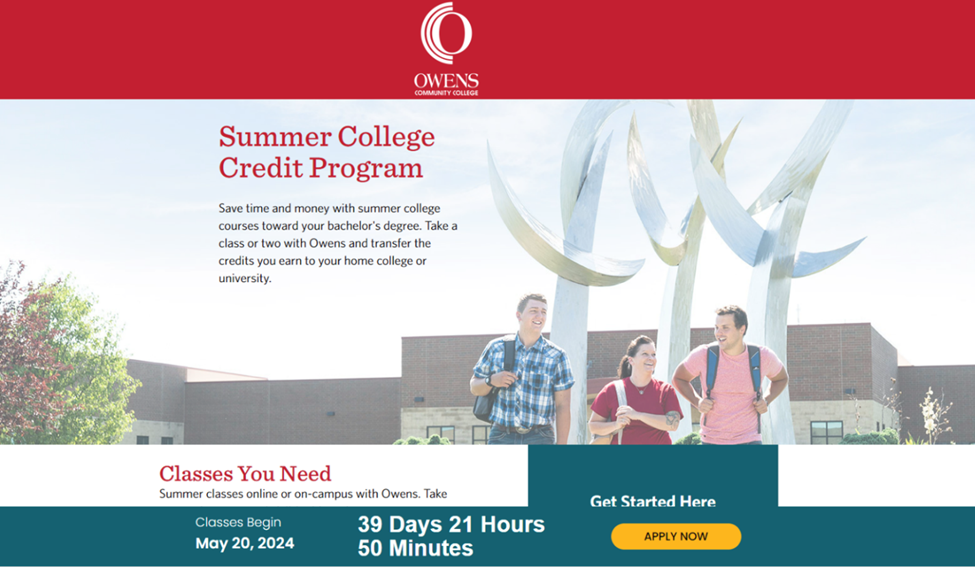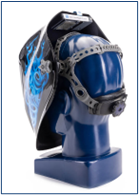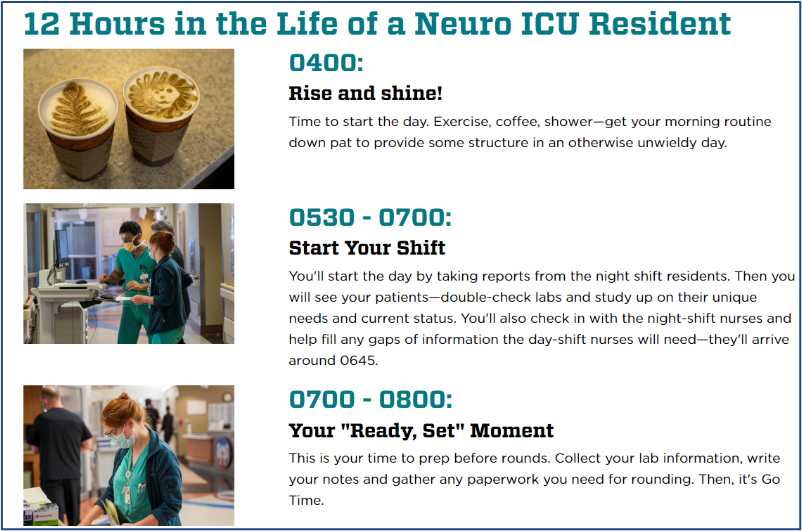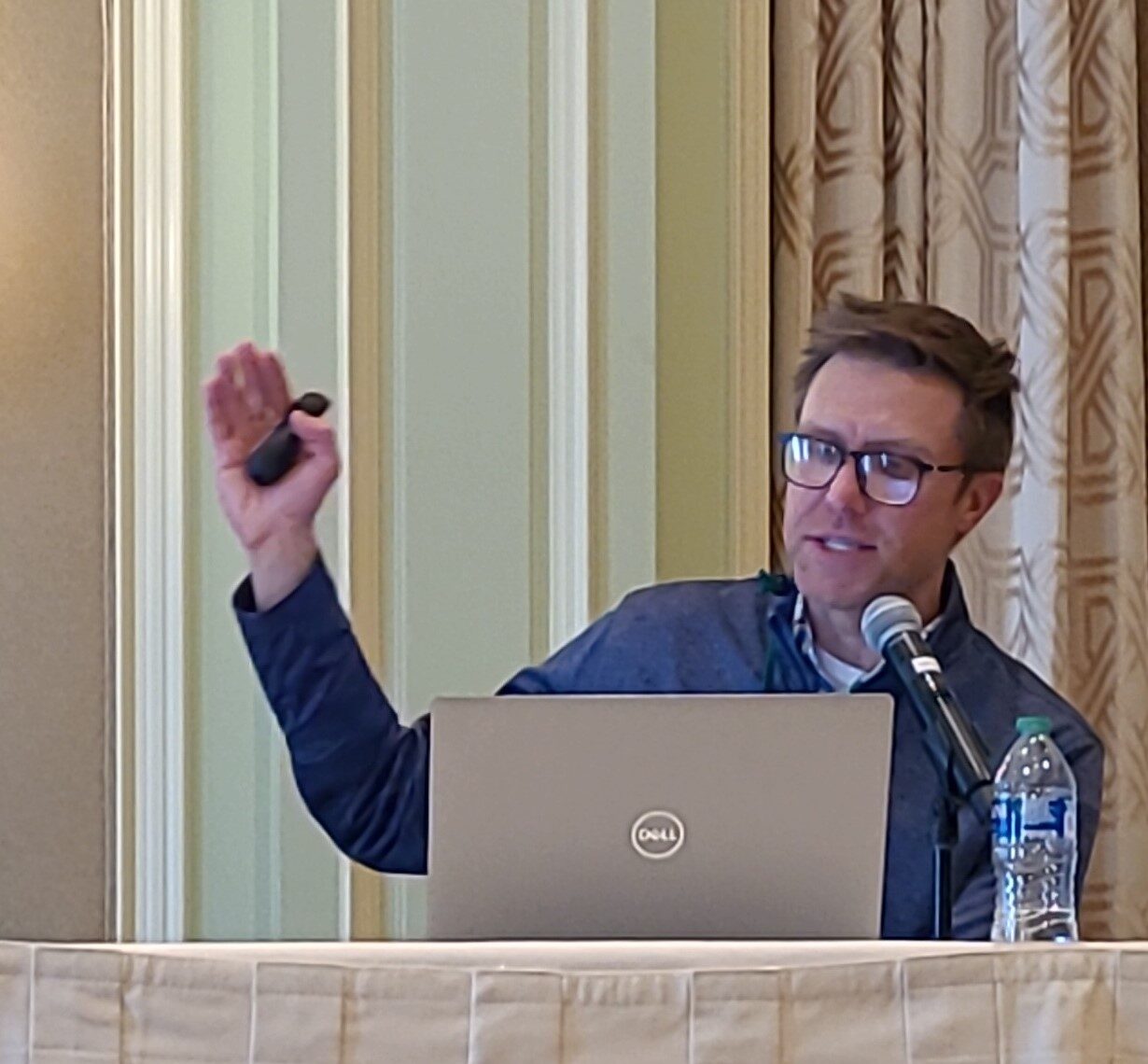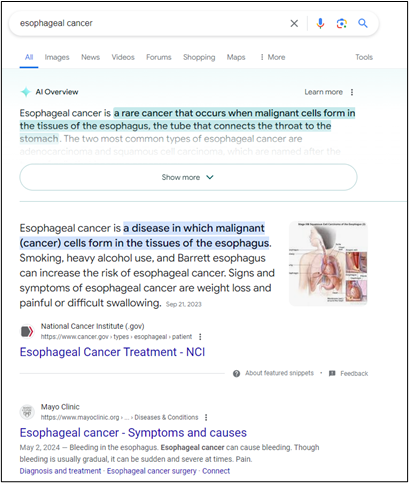When the User Becomes Bored, Your Page is Too Long
I know, I know, this isn’t a clear-cut answer. So, let’s dive deeper into what this really means.
Internal clients often have a lot of information they want to put on their webpage. However, if the user quickly glances over or clicks away before consuming it, the internal client still will not have delivered the information.
No amount of research will give you a word count for your user’s attention span. We can, however, measure their attention as they interact with a page. We can identify what they pay attention to and what they ignore.
When You Stop Answering User Questions, Your Page is Too Long
As we study audiences, we also come to understand what questions they ask and what content answers those questions. Therefore, we analyze a page for where the content and the attention span part ways.
Each year, I watch thousands of videos showing how visitors interact with a page. (We only see the page data—not the visitor data.) Almost everyone scrolls immediately, stopping at points that interest them, usually identified with a heading or a graphic. After a quick scan, if interested, they will scroll again a bit slower.
Easy Scrolling & Scanning Matter More Than Word Count
Teenagers scroll fast, whether on social media or your website. How easy your page is to scroll and how quickly and effectively it grabs their attention matters more than word count.
The more unwieldy your content becomes, the tougher it is for your audience to take the next conversion step. A short page with clunky graphics or a hard-to-spot call to action performs worse than a long page that’s well organized.
On average, a prospective student visits your site 4–12 times before they take a conversion step, such as Schedule a Visit or Apply. That means they might visit the same page more than once, and each visit has a slightly different job to do.
For example, the first visit to a program page is to see if they have your program. Several visits later, they might (or might not) be interested in the course details. Making those answers easy to spot on a quick scroll makes your page perform better with return visitors.
Let the Audience’s Goals Organize Your Content
Focus first on whether the content addresses the audience’s needs and questions. Define your audience, and then ask yourself, does this content answer their questions? This might seem overly simple, but it is a crucial step.
For example, do prospective students really need to know the department’s mission, vision, and values? Challenge your assumptions. Even if a faculty member or current student seeks that content, would a prospect?
Now that we know the audience and agree that the content is necessary, let’s break down a couple of other key parts of any webpage, regardless of length.
About 60% of users will scroll 90% of the page. Once you exclude those that immediately bounce, this is a fairly strong scroll pattern. The question is, do they pause to consume the content?
Give Them Clear Calls-To-Action
A webpage’s effectiveness often hinges on its ability to guide users towards specific actions. Clear and conspicuous calls-to-action (CTAs) serve as signposts, directing visitors on the desired path—whether it’s signing up for a newsletter, applying to a program, or registering for an event.
Well-designed CTAs, strategically placed throughout the page, drive conversions and make for a better user experience. On a longer page, they can appear as buttons, inline links, and callout features, so the user doesn’t go too long without an action to take.
Users expect to click again. They want to take actions that make sense for their journey. Many websites repeat the same conversion-goal CTAs on every page (often it’s Apply, Visit, Request Info). On longer pages, however, be sure to add CTAs that are smaller and specific to the user’s current journey point. You don’t need to make every CTA loud, either.
An “Apply” CTA in body text can outperform the same callout in the top navigation!
Listen to our podcast: Why CTAs are a Big Deal
Interlinking: Body Links Work
Mobile users are even more likely to click on body copy links, probably because menus and callouts disappear quickly when scrolling fast on a small screen. We know most people are not ready to convert immediately, so we want them to dive deeper into your offerings before leaving.
That’s where interlinking comes into play. Add links to relevant pages on your site throughout your content so that your readers can easily follow their questions to next steps.
Read More: Brick by Cascade Brick: A Smarter Way to Build Your Web Content Strategy
Save Yourself Time!
If you are on Cascade, an not using Bricks, we have a resource to save you significant time.
Accordions: Use Only to Improve UX
Accordions hide content from the scrolling user. That’s both a virtue and a danger. You might be tempted to bury longer content in an accordion section. However, you should examine the content carefully and build the best user experience (UX) for that content. Don’t hide content that people need to read.
A good rule of thumb for an accordion: If I need to scan all the headings and pick a few to read more, make it an accordion. If I need to read all the content, consider expanding “read more.” Having to open each section just makes extra work.
Keep the Topic on One Page
You might also be tempted to break a long page into several smaller pages. Help them scroll by giving them useful headlines, callouts, and clear answers to their questions. Nobody says “too long; didn’t scroll”—keep the ideas together and let them scroll. It’s better than several pages with very meager content.
Regardless of length, your webpage should answer questions, allow for user engagement, and be easy to navigate.
Key Advice to Crafting Your Page
- Although people do scroll, put the most important information at the top. Consider that your bumper sticker for the page.
- Use larger text at the top and key messages.
- Break up text with headlines and design elements.
- Keep key information on the left side of the page; it’s more likely to be picked up as they scroll.
Ready to take your webpage to the next level? Stamats experts are here to help. Email us today.


